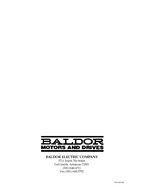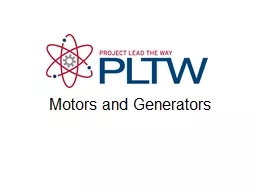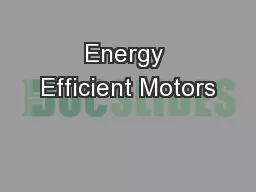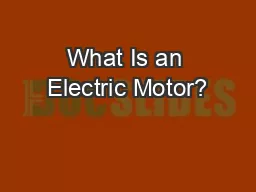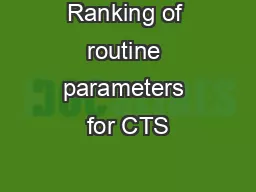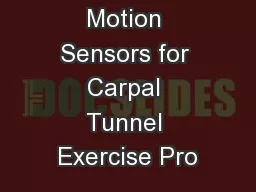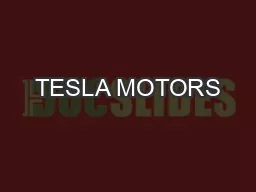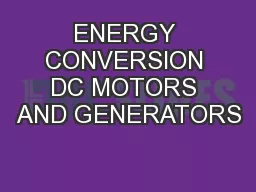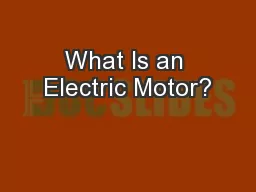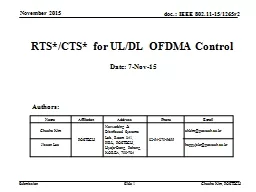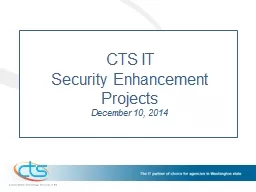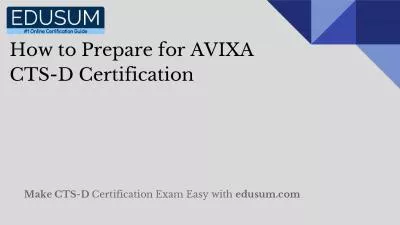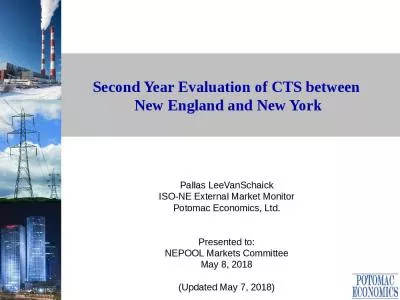PDF-SE RV O CONT OL CTS A HANDBOOK EXPLAINING THE BASICS OF MOTION ALDOR ELECTRIC COM ANY
Author : kittie-lecroy | Published Date : 2014-12-21
3 OPEN LOOPCLOSED LOOP 9 WHAT IS A SERVO 11 COMPENSATION 13 TYPES OF CONTROLS 15 TYPES OF FEEDBACK DEVICES 17 TYPES OF ACTUATORS 22 Page 2 brPage 3br Page 3 Servo
Presentation Embed Code
Download Presentation
Download Presentation The PPT/PDF document "SE RV O CONT OL CTS A HANDBOOK EXPLAININ..." is the property of its rightful owner. Permission is granted to download and print the materials on this website for personal, non-commercial use only, and to display it on your personal computer provided you do not modify the materials and that you retain all copyright notices contained in the materials. By downloading content from our website, you accept the terms of this agreement.
SE RV O CONT OL CTS A HANDBOOK EXPLAINING THE BASICS OF MOTION ALDOR ELECTRIC COM ANY: Transcript
Download Rules Of Document
"SE RV O CONT OL CTS A HANDBOOK EXPLAINING THE BASICS OF MOTION ALDOR ELECTRIC COM ANY"The content belongs to its owner. You may download and print it for personal use, without modification, and keep all copyright notices. By downloading, you agree to these terms.
Related Documents

